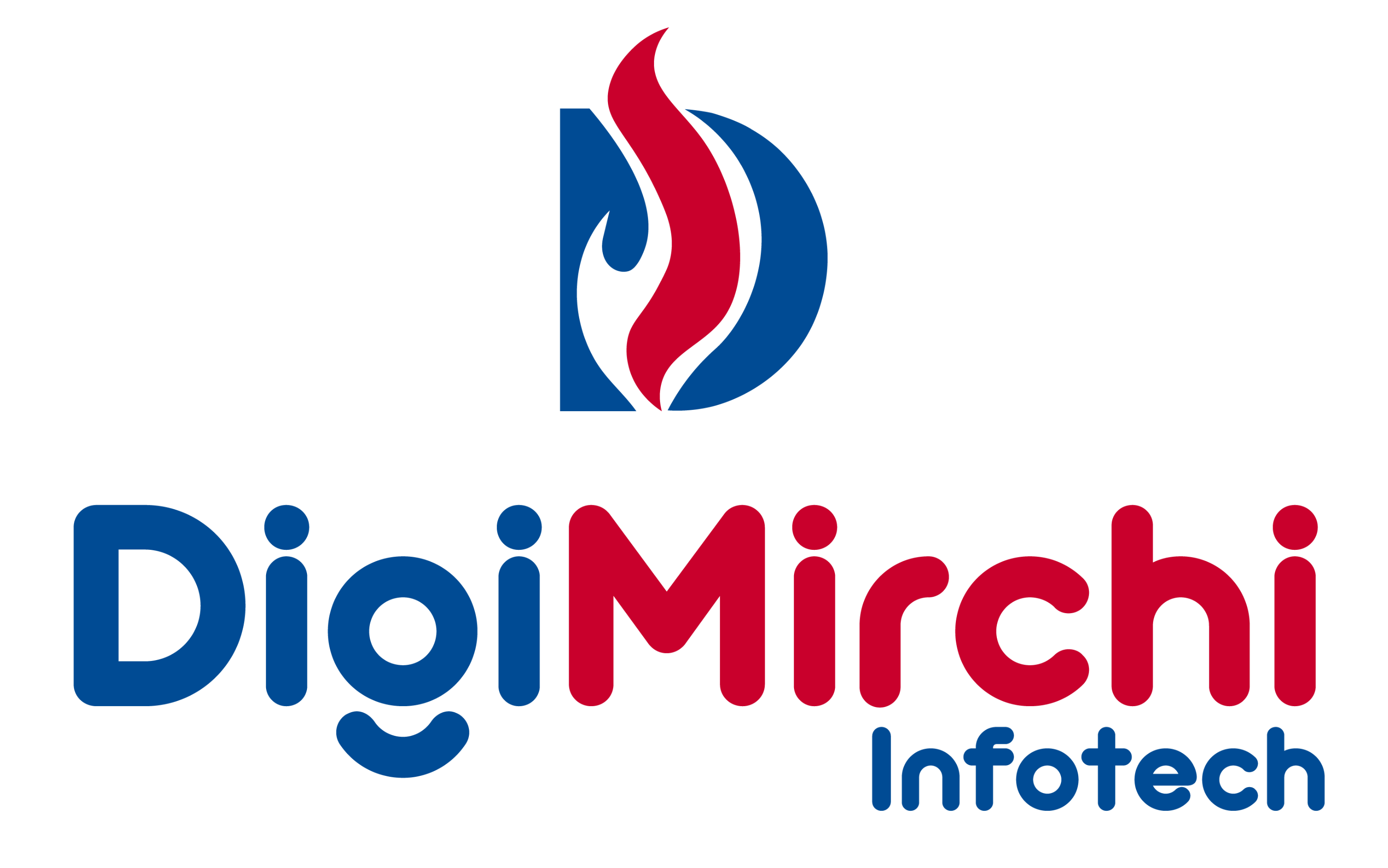The Evolution of Visual Design in 2025
The graphic design industry is experiencing a renaissance in 2025, driven by technological advancement, changing consumer preferences, and the integration of artificial intelligence. As visual communication becomes increasingly central to brand success, designers are pushing creative boundaries while embracing tools that enhance their capabilities rather than replace them.
This year marks a significant shift toward more immersive, interactive, and personalized design experiences. Brands are no longer satisfied with static visuals; they demand dynamic content that adapts to user behavior and creates memorable emotional connections. Understanding these trends is essential for businesses looking to maintain a competitive edge in the digital marketplace.
AI-Augmented Design: The Creative Partnership
Artificial intelligence has transformed from a buzzword to an essential tool in every designer's arsenal. In 2025, AI-powered design platforms are not replacing designers but empowering them to work faster and more creatively. These tools handle repetitive tasks like background removal, image enhancement, and layout suggestions, freeing designers to focus on strategic creative decisions.
Advanced generative AI now assists in creating initial design concepts, color palette suggestions, and even typography pairings based on brand guidelines. However, the human touch remains irreplaceable for emotional resonance, cultural sensitivity, and strategic brand storytelling. The most successful design teams are those that have learned to collaborate effectively with AI tools while maintaining their unique creative vision.
3D and Immersive Visual Experiences
Three-dimensional design elements have evolved from novelty to necessity. Brands are incorporating 3D graphics, animations, and interactive elements across websites, social media, and digital advertising. These immersive experiences create depth and engagement that flat design simply cannot match. From product visualizations to abstract brand narratives, 3D design helps businesses stand out in crowded digital spaces.
The rise of spatial computing and augmented reality has further accelerated this trend. Designers are now creating assets that work seamlessly across traditional screens, AR filters, and even virtual environments. This multi-dimensional approach to design requires new skills and tools, but the payoff in user engagement and brand differentiation is substantial.
Bold Typography and Experimental Layouts
Typography is taking center stage in 2025 with oversized, experimental typefaces that command attention. Designers are breaking traditional grid systems, creating asymmetrical layouts that guide the eye through intentional visual hierarchies. Variable fonts allow for dynamic typography that changes based on screen size, user interaction, or even time of day.
Kinetic typography, where text moves and transforms to convey meaning, has become particularly popular in digital branding. This trend pairs beautifully with micro-animations that add personality and delight to user interfaces. However, accessibility remains paramount, with designers ensuring that bold choices never compromise readability or user experience.
Sustainable and Ethical Design Practices
Environmental consciousness has moved beyond content to influence design processes themselves. Digital designers are optimizing file sizes to reduce energy consumption, choosing eco-friendly color palettes that require less screen brightness, and creating designs that promote sustainable brand messages. This "green design" movement reflects growing consumer expectations for corporate environmental responsibility.
Ethical design also extends to inclusivity and accessibility. Designers are prioritizing diverse representation in visual assets, ensuring color contrast ratios meet accessibility standards, and creating flexible designs that work across various devices and assistive technologies. These practices are not just morally right; they expand market reach and strengthen brand reputation.
Retro-Futurism and Nostalgic Elements
An interesting paradox in 2025 design is the fusion of nostalgic aesthetics with futuristic concepts. Y2K design elements, 80s neon gradients, and vintage typography are being reimagined through modern techniques and technologies. This retro-futurism creates emotional connections through familiarity while showcasing innovation and forward-thinking brand values.
Designers are selectively incorporating grain textures, analog imperfections, and hand-drawn elements to add warmth and authenticity to digital designs. This humanizing approach counters the clinical precision of purely digital work, creating visuals that feel both cutting-edge and comfortingly familiar.
Conclusion: Embracing Change While Honoring Fundamentals
The graphic design trends of 2025 demonstrate that while tools and technologies evolve rapidly, fundamental design principles remain constant. Successful designs still balance form and function, communicate clearly, and create emotional connections with audiences. The key difference is that designers now have more powerful tools to execute these timeless principles in innovative ways.
At DigiMirchi Infotech, our design team stays at the forefront of these trends while maintaining focus on what truly matters: creating visual experiences that drive business results. We combine cutting-edge techniques with strategic thinking to deliver designs that are not just beautiful, but effective. Whether you need brand identity, digital design, or immersive 3D experiences, we bring these 2025 trends to life for your brand.







